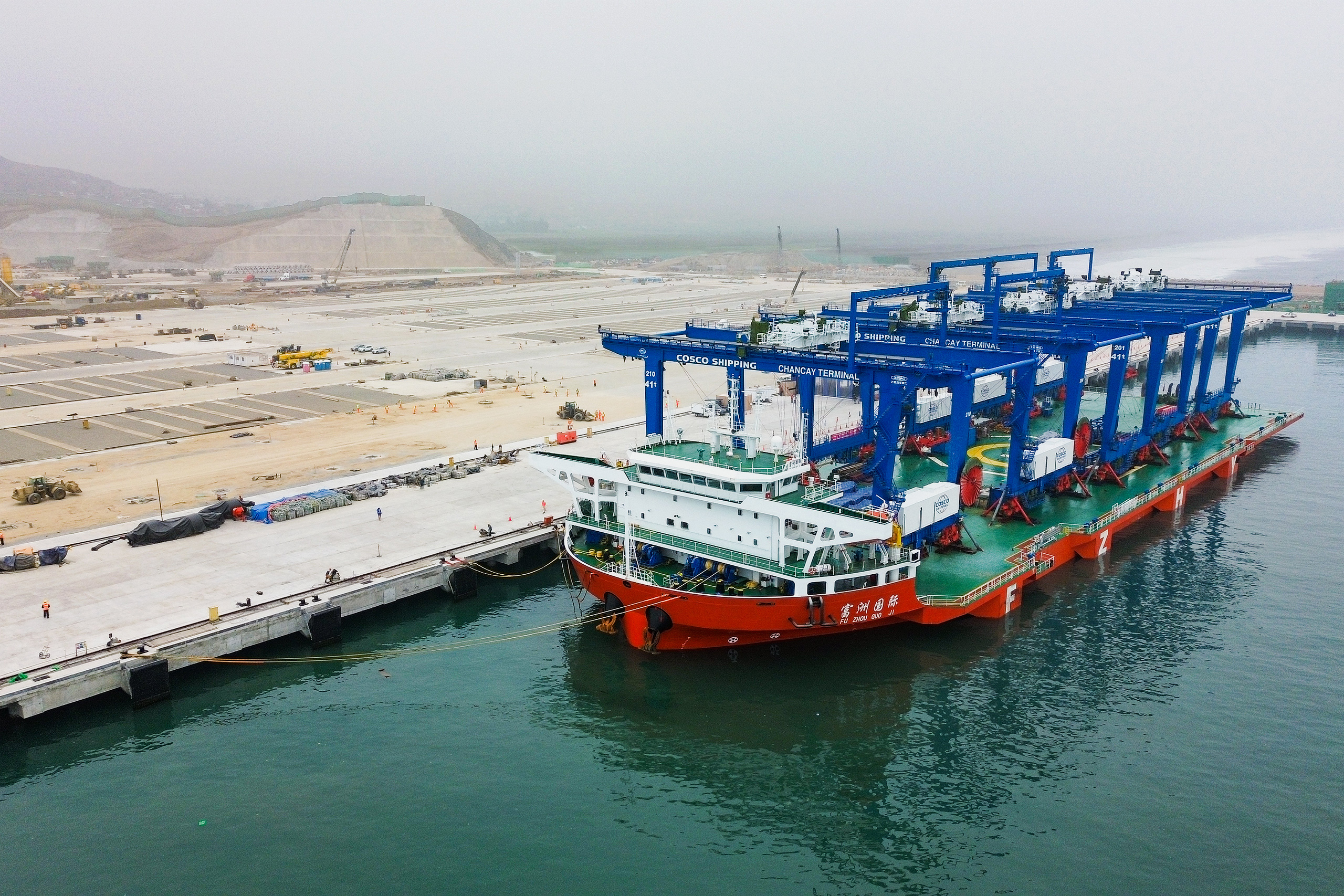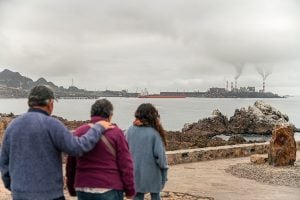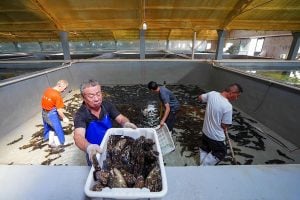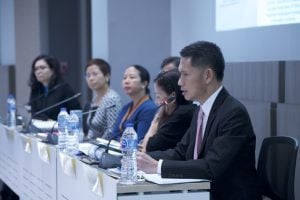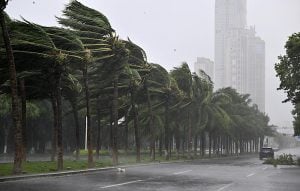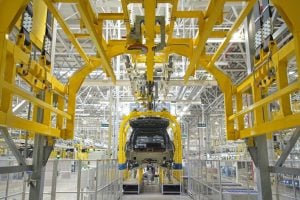At this summer’s Olympic Games, a cauldron transformed a torch into a light that illuminated athletes’ path to glory. In Peru, the upcoming Chancay megaport, 70 km north of Lima, could be the cauldron for the country’s economy.
The USD 3.5 billion project, led by Chinese firm COSCO Shipping, is due to be inaugurated in November. It will be able to take larger ships than any existing Peruvian port, and can become a hub for Latin American exports to Asia. At the same time, it could help to diversify the economy of Peru and insert the country into global value chains.
In a study conducted by the Centre for China and Asia-Pacific Studies at the University of the Pacific in Lima, we identified four “economic corridors” in the country’s hinterland that can connect to Chancay port and its relatively easy access to Asian markets via the Pacific. However, not all currently have the infrastructure to properly capitalise on the new opportunity.
The north coast corridor, for example, already includes companies that export coffee and other agricultural products worth more than USD 100 million, via the smaller port of Callao near Lima. This corridor’s road to Chancay is in good condition.
In contrast, the corridor that would connect the port with Pucallpa city in the Amazon rainforest, on the border with Brazil, is home to smaller export companies specialising in coffee, cacao and timber, and one of Peru’s most rudimentary road networks. To take advantage of the new port, each corridor needs its own regional strategy and policies for infrastructure improvements and business support.
Other sectors such as Amazonian biofoods, forestry and fisheries can benefit from the access to Asian markets the Chancay port will bring. However, they face greater challenges as they have fewer companies with the capacity to integrate internationally. For the government of Ucayali department and the National Association of Industries, Chancay port will increase the demand for Amazon production of high-value products such as fruits and timber. Therefore, economic policies should promote the arrival of investments in the rainforest regions.
As can be observed in Asian countries, proximity to container ports encourages manufacturing companies to set up in industrial parks nearby. Thailand is a good example: about 20 km from the port of Laem Chabang sits the Thai-Chinese Rayong Industrial Park which covers more than 1,200 hectares. Corridors between ports and industrial parks help companies to participate competitively in global value chains. Being near the port not only reduces the costs of exporting but also of importing goods necessary for manufacturing processes.
Chancay port not only becomes a trans-Pacific logistic node, but also a symbol of the promise of competitiveness and progress
In my latest research, I suggest this example can been followed in Chancay, with the port catalysing industrial investment. Less than 30 minutes from the port are the Chancay Park and Ancon Industrial Park projects, totalling almost 1,500 hectares.
Peru’s link with China, with which the country signed a free trade agreement (FTA) in 2009, is in fact already impacting local companies. According to a study by my colleagues at the Centre for China and Asia-Pacific Studies, the total value of imports a decade after the FTA was signed had changed from being comprised mainly of consumer goods to almost 75% intermediate or capital goods. This stronger trade link with China has allowed companies to improve their supply chains thanks to easier access to industrial imports. Against this background, there is a positive outlook on the conditions of the Peruvian economy and the possibility for its companies to insert themselves into global value chains.
Talent is a valuable asset in achieving this goal, and companies’ competitiveness are based on their ability to secure trained workers. The container cranes at Chancay port will need to be operated remotely by technicians with specialised skills in cargo logistics and computer systems. Similarly, industrial parks need workers capable of assimilating knowledge of electronic systems and sensors to interact with the “industry 4.0” smart manufacturing machines in factories. Companies that will set up around Chancay will need highly qualified workers.
Fortunately, the citizens of Chancay have for decades decided to strengthen their productive skills through education. When I spoke to the social team of the Chancay municipality, they said families recognise that education levels are not adequate in their district and the broader province of Huaral. They therefore make the effort to send their children to study in institutes or universities in Lima to be trained and search for better opportunities. Very early on Mondays, it is common to see the bus stops full of young people on their way to Lima, heading back to universities or workplaces after spending the weekend with their families.
In this context, Chancay port not only becomes a trans-Pacific logistic node, but also a symbol of the promise of competitiveness and progress, similar to the Olympic torch. Just as the torch passes from hand to hand until it lights the cauldron, the collaborative and strategic efforts of diverse actors can ignite Chancay’s potential, turning it into an epicentre of economic and social development for Peru.
